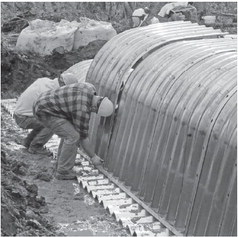Good Neighbor program helps get forest projects done


When it comes to forestry projects throughout Taylor County, a lot of them go unnoticed. Recently the Chequamegon-Nicolet National Forest, partnered with Department of Natural Res...


When it comes to forestry projects throughout Taylor County, a lot of them go unnoticed. Recently the Chequamegon-Nicolet National Forest, partnered with Department of Natural Res...